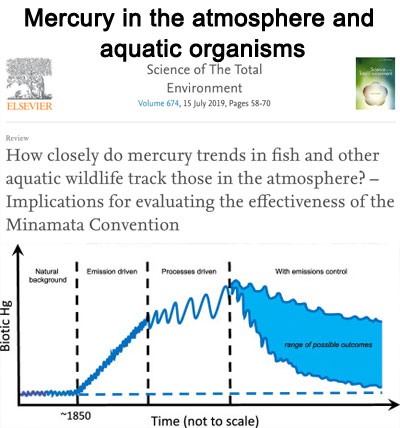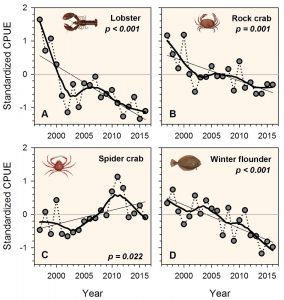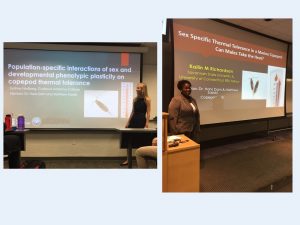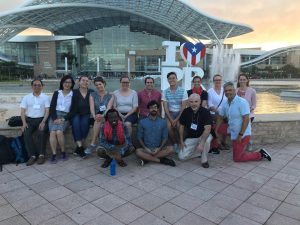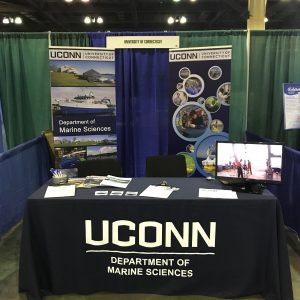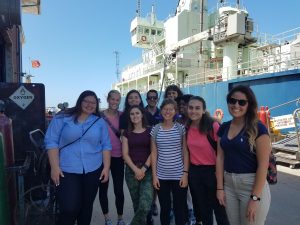From December 10-14, 2018, students and faculty from the Department of Marine Sciences attended the 2018 AGU Fall Meeting in Washington D.C. This conference covers space, atmosphere, ocean, and earth sciences, as well as special sessions focusing on science policy, communication, and education. This year marked the start of AGU’s centennial, which introduced more unique programs. It is also one of the largest natural sciences conferences in the world, with an average attendance of 25,000 people.
The department’s presentations covered sea sprary chemistry, the Ocean Observatories Initiative, mercury in the Bering Sea, nutrient budgets in Long Island Sound, and more.

